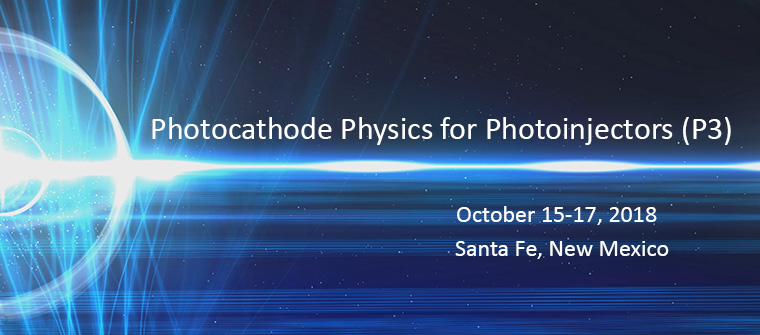Speaker
Description
Recent research on photocathode materials has focused on the achievement of very low intrinsic emittance. Future research goals require the setting up of a measurement apparatus capable of measuring very low mean transverse energy values, as low as 1 meV. Furthermore, cooling the photocathode to cryogenic temperature is also a way to reduce the intrinsic emittance and to control and study the scattering mechanisms affecting the photoemission process.
At Cornell University we chose to use voltage and solenoid scans to characterize the intrinsic emittance of innovative photocathode materials. We plan to test innovative materials and heterostructures specifically designed to achieve low intrinsic emittance. The instrument needs to be compatible with universal sample holders allowing UHV transfer of sample from the growth system (molecular beam epitaxy or other, in situ ARPES) to surface science characterization chamber (scanning probe microscopy and x-ray photoemission spectroscopy) to the transverse energy meter. The use of a standard sample holder will allow flexibility to access even more growth and UHV analysis instruments. Cooling to temperatures below 10 K is achieved by a low vibration closed cycle cryocooler. All sources of error in the measurement process need to be evaluated in order to ensure that the mean transverse energy of the photoelectrons can be measured with the required accuracy.




